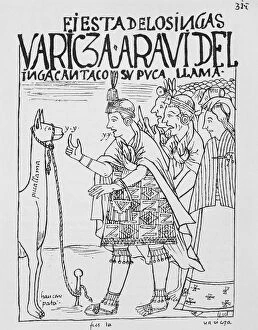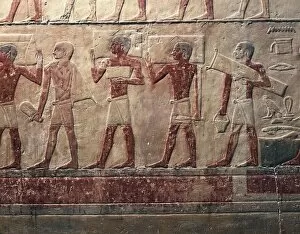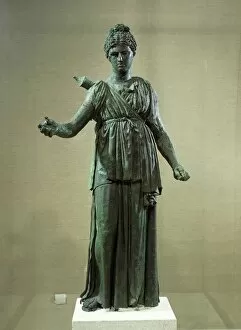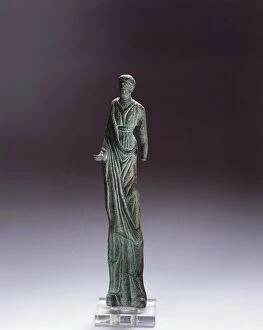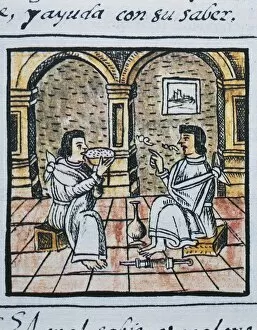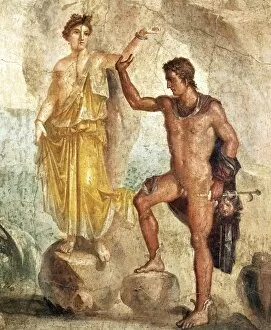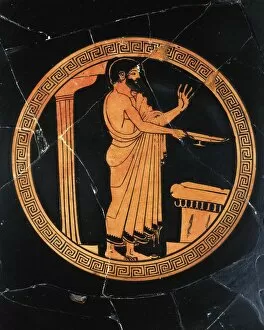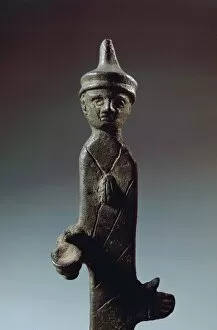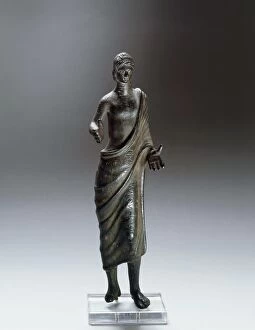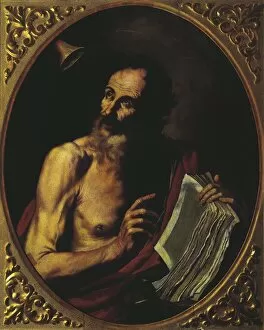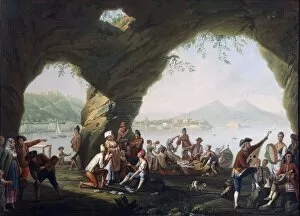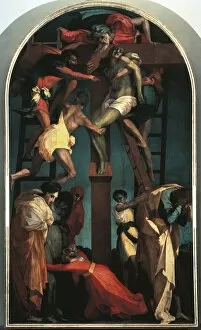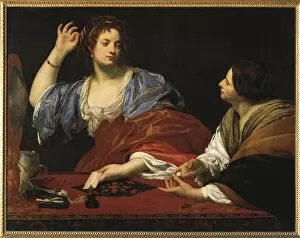Gesturing Collection (#46)
"Gesturing: A Visual Language Spoken by Nature, Art, and History" William Wallace - statue in Aberdeen: As his hand reaches out towards the sky
For sale as Licensed Images
Choose your image, Select your licence and Download the media
"Gesturing: A Visual Language Spoken by Nature, Art, and History" William Wallace - statue in Aberdeen: As his hand reaches out towards the sky, William Wallace's gesture symbolizes defiance and unwavering determination. Polar bear (Ursus maritimus) young bear rolling around in the snow, on newly formed ice: With playful gestures of joy, this young polar bear embraces the wintry landscape as if inviting us to join its frolicsome dance. Rosa Luxemburg (1871 - 1919): In her passionate speeches and writings, Rosa Luxemburg's gesturing hands became a powerful tool for expressing her revolutionary ideas and fighting for social justice. A signed photograph of Sigmund Freud, c. 1921 (sepia photo): Through subtle hand movements and facial expressions captured in this sepia-toned image, Sigmund Freud reveals his deep understanding of human psychology without uttering a single word. Night and Her Daughter Sleep, 1902. Creator: Mary L. Macomber: In this ethereal painting filled with tranquility, Night gently cradles her daughter Sleep with tender gestures that lull the world into peaceful slumber. The Sortie Made by the Garrison of Gibraltar, 1789. Creator: John Trumbull: Amidst chaos and battle cries depicted on canvas through vivid gestures of bravery and sacrifice stands a testament to human resilience during times of conflict. Edward refuses succour to his son at Crecy, 1346 (1864). Artist: James William Edmund Doyle: With an anguished expression on his face combined with a resolute gesture denying aid to his wounded son amidst medieval warfare captures both tragedy and paternal duty within one poignant scene. Saint Nicholas of Lipna, 1294. Artist : Alexa Petrov .



